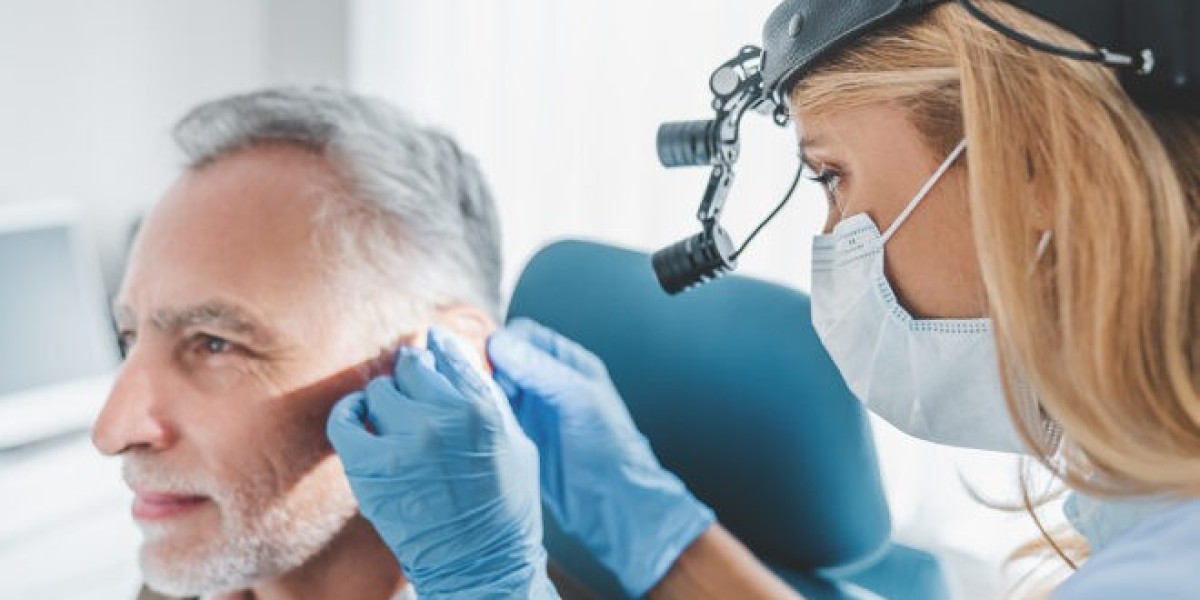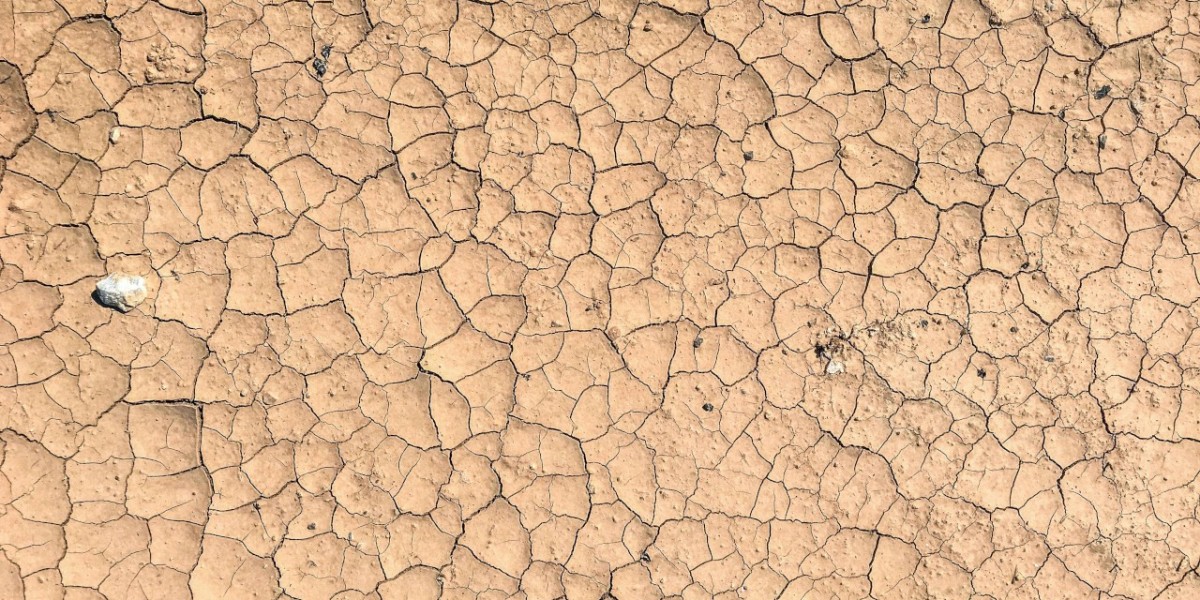Introduction
Overview of Ear Cleaning
Importance of Ear Hygiene
Maintaining proper ear hygiene is essential for overall health and well-being. The ears are self-cleaning organs, but sometimes, earwax can accumulate and cause discomfort, hearing problems, or infections. Regular and appropriate ear cleaning practices can prevent these issues and ensure that your ears remain healthy.
Common Misconceptions
Many people believe that ears need to be cleaned frequently and vigorously, but this is not true. Over-cleaning can lead to irritation and other complications. It is important to understand the right techniques and frequency for cleaning your ears.
Risks of Improper Ear Cleaning
Improper ear cleaning methods can cause more harm than good. Using unsafe tools or techniques can lead to ear infections, perforated eardrums, or impacted earwax. Therefore, it is crucial to follow expert-recommended practices for ear cleaning.
Technique 1: Using Ear Drops
Types of Ear Drops
Over-the-Counter Ear Drops
Over-the-counter (OTC) ear drops are widely available and can be used to soften earwax, making it easier to remove. These drops often contain ingredients like carbamide peroxide, which helps break down the earwax.
Prescription Ear Drops
In some cases, doctors may prescribe stronger ear drops for patients with significant earwax buildup or other ear issues. Prescription ear drops may contain medications to treat infections or inflammation in addition to softening earwax.
How to Use Ear Drops Correctly
Step-by-Step Guide
- Read the Instructions: Always read the instructions provided with the ear drops.
- Warm the Drops: Hold the bottle in your hand for a few minutes to warm the drops to body temperature.
- Tilt Your Head: Tilt your head to the side or lie down with the affected ear facing up.
- Administer the Drops: Gently squeeze the recommended number of drops into your ear.
- Wait: Keep your head tilted for a few minutes to allow the drops to penetrate the earwax.
- Drain the Ear: Sit up and let the liquid drain out, wiping away any excess with a clean tissue.
Precautions and Tips
- Avoid Cold Drops: Using cold ear drops can cause dizziness.
- Do Not Overuse: Follow the recommended dosage and frequency to avoid irritation.
- Consult a Doctor: If you experience pain, persistent discomfort, or signs of infection, seek medical advice.
Benefits of Using Ear Drops
Softening Earwax
Ear drops effectively soften earwax, making it easier to remove and preventing blockages that can affect hearing.
Reducing Inflammation
Some ear drops contain anti-inflammatory ingredients that can help reduce swelling and discomfort in the ear canal.
Potential Side Effects
Allergic Reactions
Some individuals may be allergic to ingredients in ear drops, leading to itching, redness, or swelling.
Overuse Concerns
Overusing ear drops can cause irritation and dryness in the ear canal. It is important to use them as directed.
Technique 2: Ear Irrigation
What is Ear Irrigation?
Definition and Purpose
Ear irrigation is a method used to flush out earwax and debris from the ear canal using water or a saline solution. This technique is often performed by healthcare professionals but can also be done at home with proper equipment.
Professional vs. Home Ear Irrigation
When to See a Professional
Professional ear irrigation is recommended for individuals with severe earwax buildup, frequent ear infections, or underlying ear conditions. A healthcare provider can ensure the procedure is done safely and effectively.
DIY Ear Irrigation Kits
Home ear irrigation kits are available and typically include a bulb syringe or irrigation device, and a saline solution. These kits can be effective for mild to moderate earwax buildup.
Step-by-Step Ear Irrigation Process
Preparation
- Gather Supplies: You will need a bulb syringe or irrigation device, warm water or saline solution, a towel, and a basin.
- Soften the Earwax: Use ear drops to soften the earwax before irrigation.
Execution
- Fill the Syringe: Fill the bulb syringe or irrigation device with warm water or saline solution.
- Tilt Your Head: Tilt your head to the side with the affected ear facing up.
- Gently Insert the Syringe: Place the tip of the syringe near the opening of the ear canal, but do not insert it deeply.
- Irrigate the Ear: Gently squeeze the syringe to release the solution into the ear canal.
- Drain the Ear: Allow the liquid and earwax to drain out, catching it in the basin.
Aftercare
- Dry Your Ear: Use a towel to gently dry the outer ear.
- Monitor for Symptoms: Watch for any signs of discomfort or infection.
Safety Considerations
Potential Risks
- Eardrum Perforation: Using too much force or inserting the syringe too deeply can perforate the eardrum.
- Infection: Improper technique or using unsterile equipment can introduce bacteria into the ear.
Contraindications
- Existing Ear Infections: Do not perform ear irrigation if you have an active ear infection.
- Perforated Eardrum: Avoid ear irrigation if you have a perforated eardrum or a history of ear surgery.
Technique 3: Manual Removal by Professionals
Who Should Consider Professional Ear Cleaning?
Indications
Professional ear cleaning is recommended for individuals with significant earwax buildup, recurrent ear infections, or who experience symptoms like hearing loss, ear pain, or tinnitus.
Contraindications
Individuals with certain ear conditions or a history of ear surgery should consult a healthcare provider before undergoing professional ear cleaning.
Methods Used by Professionals
Curettage
Curettage involves using a small, curved instrument called a curette to manually remove earwax. This method is precise and often used for stubborn earwax.
Microsuction
Microsuction uses a gentle suction device to remove earwax under microscopic guidance. This method is highly effective and safe, especially for those with sensitive ears.
What to Expect During the Procedure
Consultation
Before the procedure, the healthcare provider will assess your ear health and discuss any symptoms or concerns.
The Cleaning Process
- Examination: The provider will examine your ears with an otoscope.
- Removal: Using either curettage or microsuction, the provider will carefully remove the earwax.
- Post-Procedure Check: A final check to ensure all earwax has been removed and the ear canal is clear.
Follow-Up Care
- Avoid Water Exposure: Keep your ears dry for a few days after the procedure.
- Monitor Symptoms: Contact your provider if you experience any pain, discharge, or hearing changes.
Benefits of Professional Cleaning
Thoroughness
Professional ear cleaning ensures that all earwax is removed, reducing the risk of complications.
Safety
Trained healthcare providers use sterile instruments and techniques to minimize the risk of injury or infection.
Technique 4: Ear Cleaning with Cotton Swabs
The Right Way to Use Cotton Swabs
Step-by-Step Guide
- Choose the Right Swabs: Use swabs with soft, flexible tips.
- Limit Insertion: Only clean the outer part of the ear; do not insert the swab into the ear canal.
- Gentle Cleaning: Use gentle, circular motions to clean the outer ear.
Dos and Donts
- Do: Use cotton swabs only for the outer ear.
- Dont: Insert swabs into the ear canal, as this can push earwax deeper and cause injury.
Risks of Using Cotton Swabs Incorrectly
Pushing Earwax Deeper
Inserting cotton swabs into the ear canal can push earwax deeper, leading to impaction and potential hearing problems.
Potential for Injury
Incorrect use of cotton swabs can cause cuts, abrasions, or even perforation of the eardrum.
Alternatives to Cotton Swabs
Softening Agents
Using ear drops or other softening agents can help remove earwax without the need for cotton swabs.
Ear Cleaning Tools
Specially designed ear cleaning tools, like ear picks or spiral ear cleaners, can safely remove earwax from the outer ear.
Technique 5: Natural Remedies
Olive Oil and Other Oils
How They Work
Olive oil, mineral oil, and baby oil can soften earwax, making it easier to remove naturally.
Application Tips
- Warm the Oil: Slightly warm the oil to body temperature.
- Tilt Your Head: Tilt your head to the side and use a dropper to apply a few drops of oil into the ear.
- Wait: Allow the oil to sit for a few minutes before tilting your head back to let it drain out.
Hydrogen Peroxide
How to Use It Safely
- Dilute the Peroxide: Use a 3% hydrogen peroxide solution diluted with equal parts water.
- Apply Carefully: Use a dropper to place a few drops into the ear and let it sit for a few minutes.
- Drain the Ear: Tilt your head to let the solution and earwax drain out.
Benefits and Risks
Hydrogen peroxide can effectively break down earwax, but overuse can cause irritation or dryness in the ear canal.
Baking Soda Solution
Preparation and Use
- Prepare the Solution: Dissolve a small amount of baking soda in water.
- Apply the Solution: Use a dropper to place a few drops into the ear.
- Wait and Drain: Allow it to sit for a few minutes before draining.
Effectiveness
Baking soda solutions can help soften and break down earwax, making it easier to remove.
Potential Risks of Natural Remedies
Allergies
Some individuals may be allergic to natural oils or solutions, leading to itching, redness, or swelling.
Incorrect Usage
Improper use of natural remedies can cause irritation or worsen ear conditions. Always follow guidelines and consult a healthcare provider if unsure.
Technique 6: Ear Candling
What is Ear Candling?
History and Origin
Ear candling is an ancient practice believed to originate from traditional healing methods. It involves placing a hollow candle in the ear and lighting it to create a vacuum that supposedly draws out earwax.
The Process
A hollow candle is inserted into the ear canal, and the other end is lit. The heat creates a vacuum, which is believed to pull out earwax and impurities.
How to Perform Ear Candling
Step-by-Step Guide
- Gather Materials: You will need ear candles, a lighter, and a towel.
- Position Yourself: Lie on your side with the ear facing up.
- Insert the Candle: Place the narrow end of the candle in your ear canal.
- Light the Candle: Light the top of the candle and let it burn for a specified time.
- Extinguish and Remove: Carefully extinguish the candle and remove it from the ear.
Required Materials
- Ear Candles: Special hollow candles designed for ear candling.
- Lighter: To ignite the candle.
- Towel: To protect the surrounding area.
Debates and Controversies
Safety Concerns
Many medical professionals caution against ear candling due to the risk of burns, ear damage, and lack of evidence supporting its effectiveness.
Efficacy
Scientific studies have not proven that ear candling effectively removes earwax. In some cases, it can cause more harm than good.
Expert Opinions on Ear Candling
Medical Community
Most doctors and audiologists advise against ear candling due to the potential risks and lack of proven benefits.
Alternative Medicine Practitioners
Some alternative medicine practitioners believe in the benefits of ear candling, citing anecdotal evidence and traditional practices.
Technique 7: Electronic Ear Cleaners
Types of Electronic Ear Cleaners
Features and Functions
Electronic ear cleaners use gentle suction or vibration to remove earwax. They often come with various attachments for different cleaning needs.
How to Use Electronic Ear Cleaners
User Instructions
- Read the Manual: Always read the user manual before using the device.
- Choose the Right Attachment: Select the appropriate attachment for your ear cleaning needs.
- Turn on the Device: Follow the instructions to turn on the cleaner.
- Clean Your Ear: Gently insert the attachment into the ear canal and allow the device to remove earwax.
Safety Tips
- Do Not Insert Deeply: Avoid inserting the device too deeply into the ear canal.
- Use Gentle Settings: Start with the lowest setting and increase if necessary.
- Clean the Device: Regularly clean and sterilize attachments to prevent infection.
Advantages of Electronic Ear Cleaners
Efficiency
Electronic ear cleaners can quickly and effectively remove earwax, especially for individuals with frequent buildup.
Ease of Use
These devices are user-friendly and often come with detailed instructions, making them accessible for home use.
Choosing the Right Electronic Ear Cleaner
Factors to Consider
- Safety Features: Look for devices with adjustable settings and safety features to prevent injury.
- Ease of Cleaning: Choose a device that is easy to clean and maintain.
- User Reviews: Check reviews and ratings to gauge the effectiveness and reliability of the device.
Top Brands and Models
Research top brands and models, considering features, user feedback, and price points to find the best electronic ear cleaner for your needs.
Prevention and Maintenance
Daily Ear Hygiene Practices
Routine Cleaning
Gently clean the outer ear with a washcloth and avoid inserting objects into the ear canal.
Avoiding Harmful Practices
Do not use sharp objects or cotton swabs to clean inside the ear canal. Stick to safe, recommended methods.
Recognizing When to Seek Professional Help
Signs of Ear Problems
Seek professional help if you experience symptoms like hearing loss, ear pain, discharge, or persistent earwax buildup.
Frequency of Professional Cleaning
Individuals prone to earwax buildup or ear infections may need professional cleaning every 6 to 12 months.
Tips for Maintaining Ear Health
Diet and Lifestyle
Maintain a healthy diet rich in vitamins and minerals to support overall ear health.
Avoiding Common Irritants
Protect your ears from loud noises, avoid inserting objects into the ear canal, and keep your ears dry to prevent infections.








